Champagne vs sparkling wine: What’s the real difference?
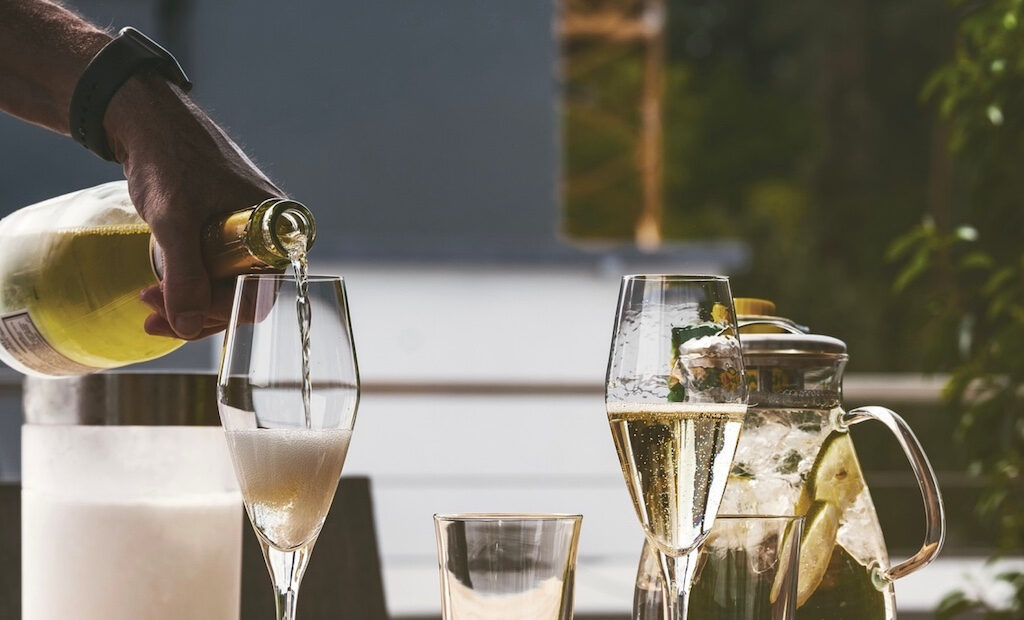
When it comes to celebrations, few drinks capture the occasion quite like a glass of bubbly. However, browsing a wine shop or drinks menu can prompt the question: is there a difference between Champagne and sparkling wine? Although they may appear similar and even share comparable characteristics, important distinctions exist behind the label.
It all depends on origin
The most significant difference between Champagne and sparkling wine is geographic. Champagne may only be produced in one location: the Champagne region of France. This is not simply tradition but a legal protection. French regulations stipulate that only wines originating from this region may be labelled Champagne, ensuring the preservation of its name and reputation. It is comparable to how a magnum of Ruinart Champagne must come from that specific area, following strict rules that safeguard its identity.
By contrast, sparkling wine is a broader term that encompasses any wine with bubbles, irrespective of origin. Many countries produce their own distinctive styles – Prosecco from Italy, Cava from Spain and high-quality examples from England and the United States.
The grapes matter
Champagne is crafted from a small number of specific grape varieties: Chardonnay, Pinot Noir and Pinot Meunier. These grapes, well-suited to the region’s cool northern climate, contribute to Champagne’s refined and crisp profile. The blending of these grapes yields Champagne’s signature character – typically dry, subtly toasty and often with notes of brioche or citrus.
Other sparkling wines employ different grape varieties. For example, Prosecco is primarily made from the Glera grape, resulting in a lighter, fruitier style. Spanish Cava uses varieties such as Macabeo and Xarel-lo, giving it a distinct profile. As a result, Champagne often presents greater depth and structure, whereas other sparkling wines may seem fresher or more floral.
The production method makes a difference
A further key distinction lies in production. Champagne employs the traditional method (méthode champenoise), where the second fermentation – the stage that produces bubbles – occurs in the bottle. This meticulous, time-intensive process adds complexity and yields fine, persistent bubbles.
Other sparkling wines may use the tank method, in which the second fermentation takes place in large stainless steel tanks. This approach is faster and less costly, contributing to the typically lower price of wines such as Prosecco. It also affects the texture of the bubbles, which tend to be larger and dissipate more quickly.
Price reflects craftsmanship
Champagne generally commands a higher price, reflecting several factors: the limited size of the Champagne region, the quality of its grapes, the labour-intensive production process and ageing requirements. These elements collectively justify the premium associated with Champagne.
The pricing of sparkling wines varies more widely. Some, such as premium English sparkling wines or well-crafted Cava, follow the same traditional production methods as Champagne and can match its quality. Others are designed for casual enjoyment and are more affordable.
Choosing between champagne and sparkling wine
The selection depends on the occasion and the preferred style. Champagne offers a classic, luxurious choice ideal for significant events or marking special moments.
Sparkling wines provide variety and excellent value. From a chilled glass of Prosecco on a summer evening to a thoughtfully made Cava accompanying a meal, sparkling wine suits a wide range of contexts.
In summary, both Champagne and sparkling wine have distinct roles. The enjoyment lies in exploring and selecting the option most suited to the occasion.
The editorial unit




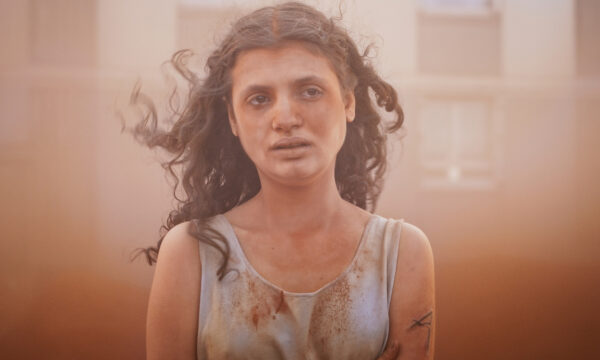
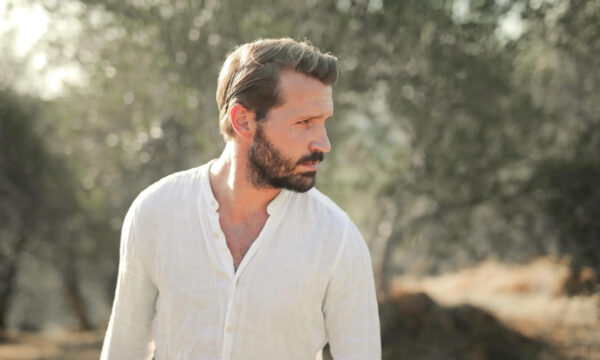

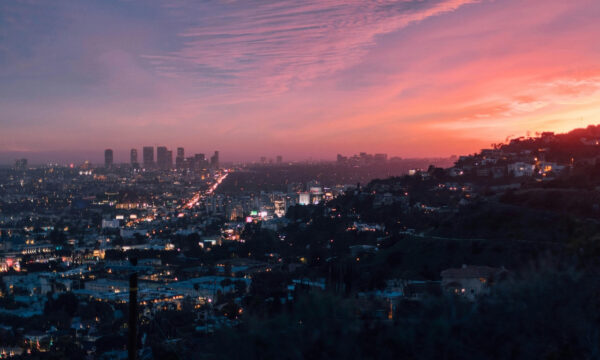

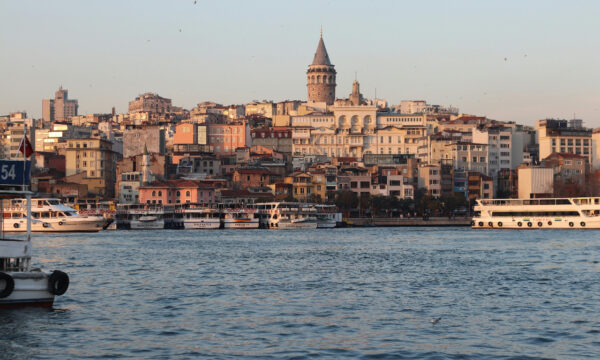





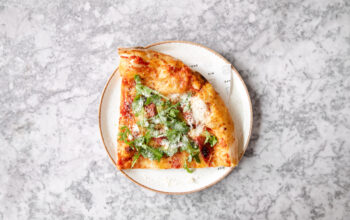
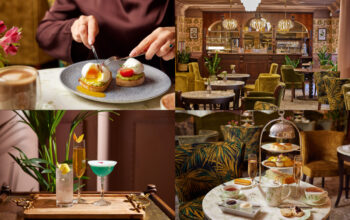
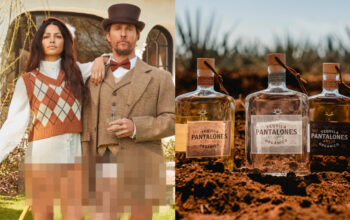
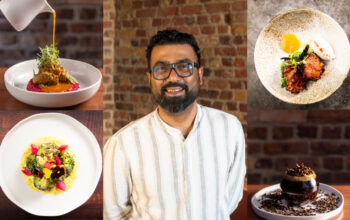






Facebook
Twitter
Instagram
YouTube
RSS